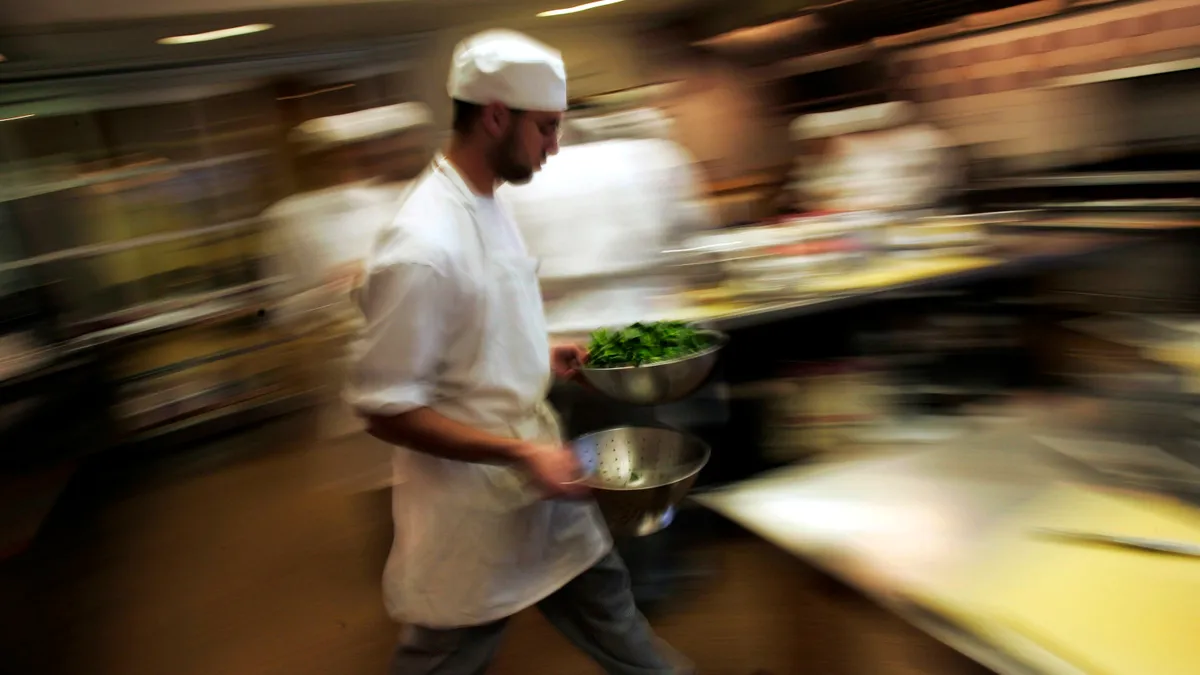For restaurants, 2021 was still plagued by the business upheaval that defined year one of the COVID-19 pandemic. But last year was also marked by major strategy shifts as restaurants plotted aggressive franchise expansion, grew their revenue by hosting virtual brands and invested in artificial intelligence and labor-saving technology to improve efficiency amid a worker shortage.
Now, many operators — and restaurant-adjacent companies — are ready to take advantage of a changed market landscape.
As experts predict in our "Top Trends" story for the year ahead, restaurants will prioritize deploying automation technology to cut down on costs and meet diner demands for speed of service. Operators will continue to simplify their menus to streamline employee training amid supply chain uncertainty, but analysts expect restaurants to still debut plant-based products. Restaurants will also raise their delivery menu prices and phase out rudimentary curbside pickup solutions in favor of time-saving, in-store pickup lockers and shelves.
In addition, third-party restaurant delivery firms are trying out new growth tactics, with major players diversifying into grocery and c-store verticals to maintain profitability. Aggregators are offering more flexible packages to their partner restaurants as well in a bid to retain operators that may be considering self-delivery or a growing crop of commission-fee delivery fulfillment services.
Restaurants are also working to launch recruitment strategies that will entice talent, as well as improve benefits and wages, but how long could the restaurant labor crunch last?
With COVID-19 variants still in flux, combined with supply chain pressure, the labor shortage and no refill of the Restaurant Revitalization Fund in sight, 2022 promises to be another dynamic year. We hope you find these stories useful as you prepare your business for the challenges and opportunities that the year holds for restaurants.









